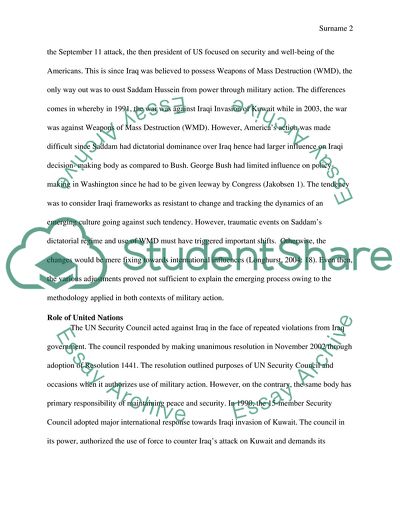Cite this document
(International Crisis: United Nations Case Study Example | Topics and Well Written Essays - 1250 words, n.d.)
International Crisis: United Nations Case Study Example | Topics and Well Written Essays - 1250 words. https://studentshare.org/politics/1833839-mini-case-study-on-international-crisis
International Crisis: United Nations Case Study Example | Topics and Well Written Essays - 1250 words. https://studentshare.org/politics/1833839-mini-case-study-on-international-crisis
(International Crisis: United Nations Case Study Example | Topics and Well Written Essays - 1250 Words)
International Crisis: United Nations Case Study Example | Topics and Well Written Essays - 1250 Words. https://studentshare.org/politics/1833839-mini-case-study-on-international-crisis.
International Crisis: United Nations Case Study Example | Topics and Well Written Essays - 1250 Words. https://studentshare.org/politics/1833839-mini-case-study-on-international-crisis.
“International Crisis: United Nations Case Study Example | Topics and Well Written Essays - 1250 Words”. https://studentshare.org/politics/1833839-mini-case-study-on-international-crisis.


